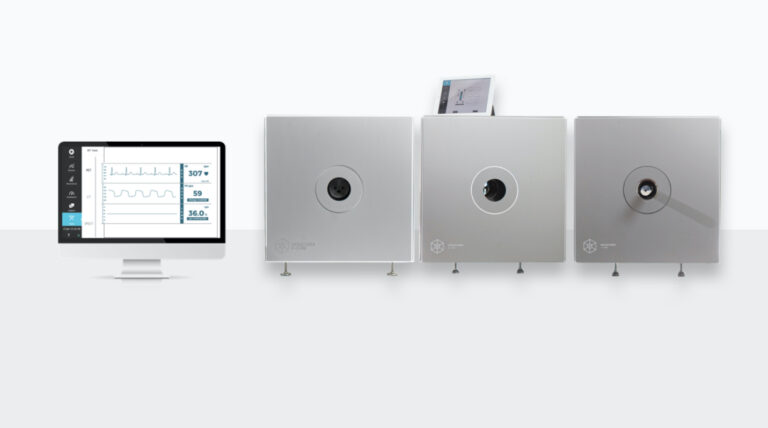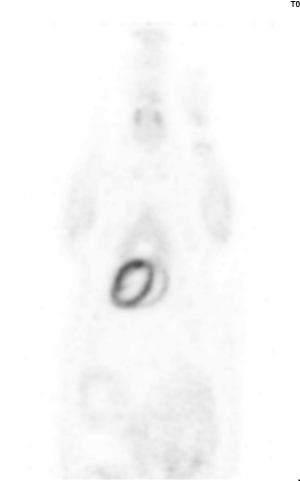Tracing quantifiable translational data
Your preferred platform in translational imaging
MOLECUBES offers the highest performing small animal PET and SPECT systems in terms of combined image resolution and sensitivity over large fields of view, at most compact footprint available. The unmatched resolution is your window to the finest anatomical structures, which are often of crucial importance in translational research, e.g. in neurology. The unmatched sensitivity lets you follow-up the dynamic behaviour of compounds and biological processes like no other systems can. The modular PET/SPECT/CT platform also facilitates vital sign monitoring. Animal beds are equiped with anesthesia, respiratory and cardiac monitoring, as well as with active heat control. Handling your animals as you would your patients is crucial in view of stable and reproducible studies.
Designed to maximize trial throughput and accuracy
Our modular flow offers more than just imaging. CUBEFLOW integrates the entire study chain and enables high throughput scanning, just as you are used to in clinical trials. When reproducibility and accuracy matter, our integrated solution ranging from animal handling and physiological monitoring to wireless image acquisition and image reconstruction, ensures quantitative preclinical data. A daily throughput of over 50 mice in a bi-modal PET/CT or SPECT/CT setup is possible. The small footprint of the systems makes it easy to connect them to or integrate them directly into your radio-pharmacy lab or nuclear imaging facilities also. If space constraints are pressing, the systems can even be put close to or inside a cyclotron facility.

Pushing research from bench to bed
The whole-body approach in mice and rats, at the smallest possible footprint, allows you to position the systems in any clinical environment or to couple them to your clinical imaging laboratories. The extremely high combined sensitivity and resolution make them the perfect future-proof translational imaging tool. In over 50 published studies over the last 3 years alone, you can find out what our latest advances mean to your research in oncology, neurology, inflammation, immunology or cardiology.
